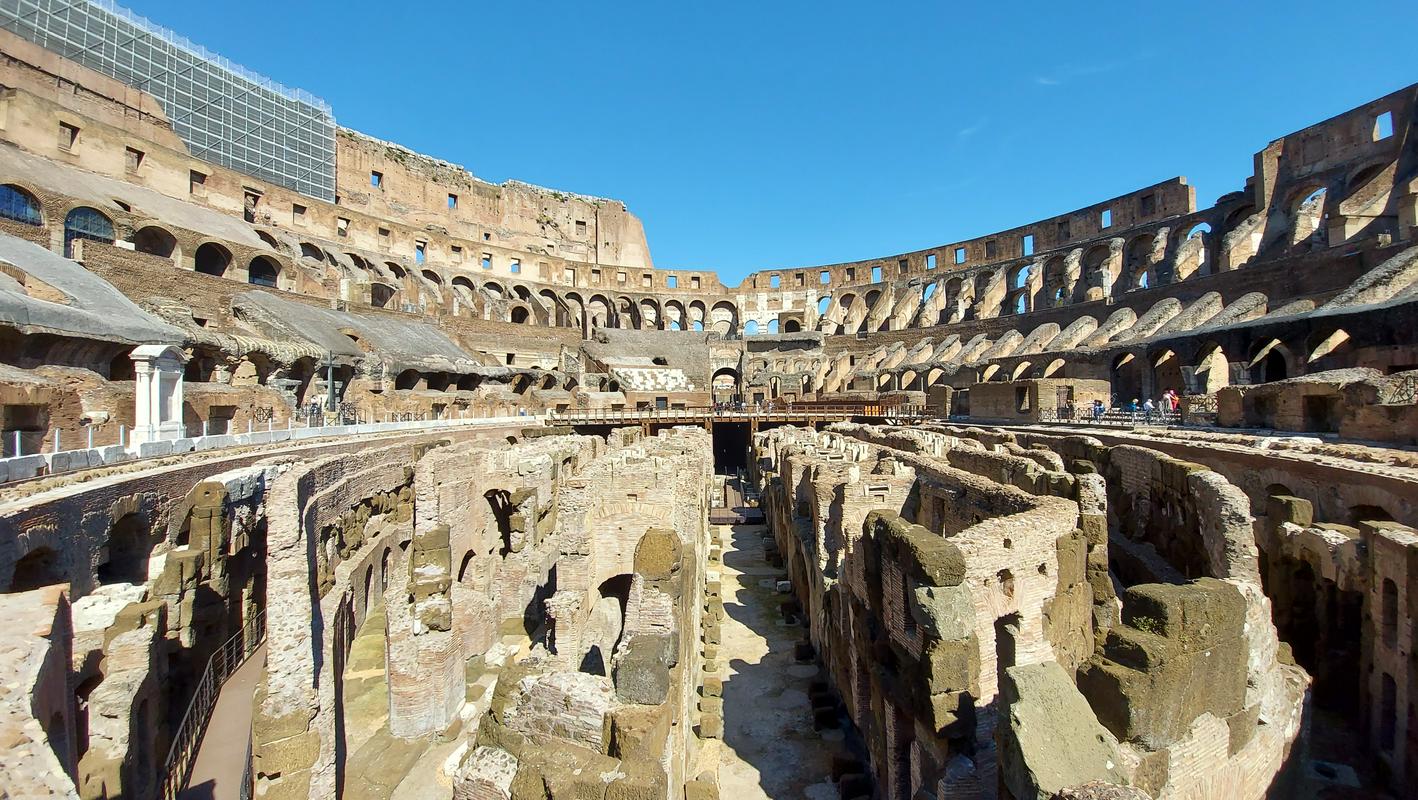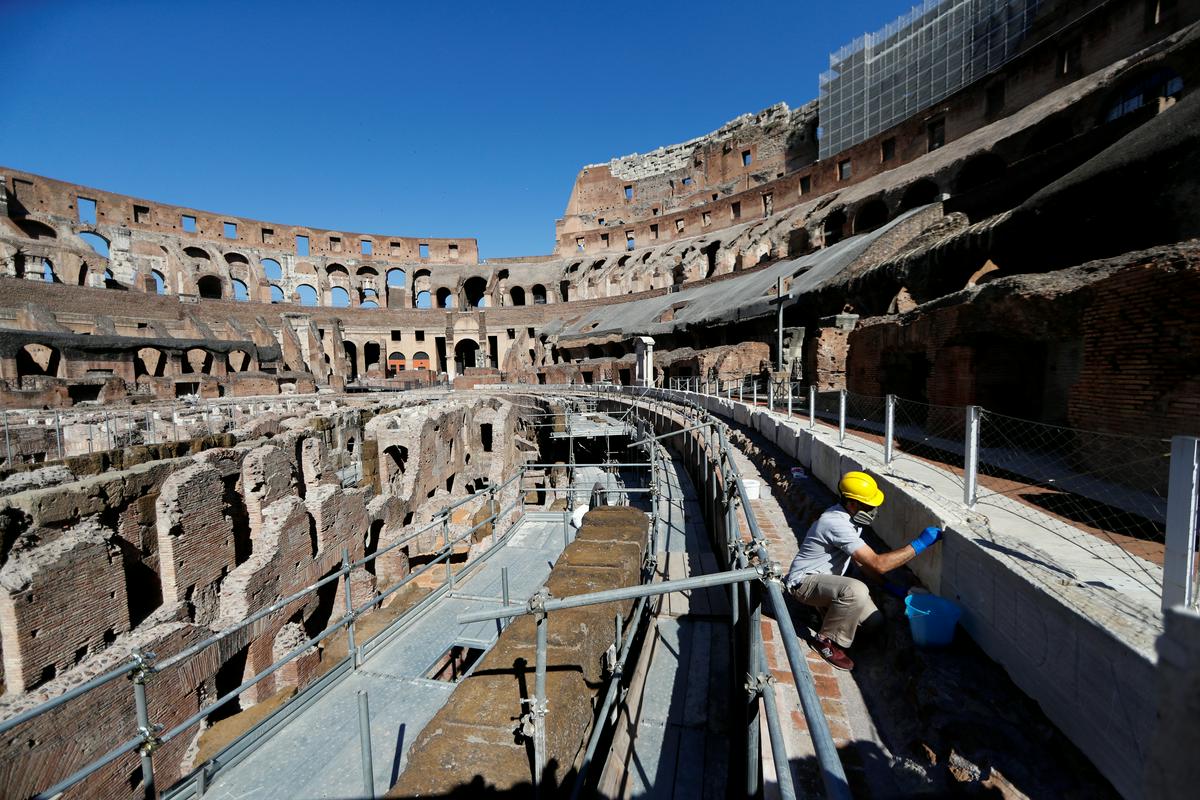An archaeological investigation of the sewers and water systems of the Colosseum amphitheater in Rome has brought to light remains of meat, vegetables, olives, nuts and even pizza.
The Colosseum had an extensive network of underground tunnels. Some passageways contained animals before they were let into the arena, others drained rainwater and waste, and some may have been used to flood the arena for mock naval battles, although recent excavations have not been able to prove whether or not these actually took place , reports the website Hyperallergic.
From January to August, she is an archaeologist Martin Almonte led an excavation organized by the Archaeological Park of the Colosseum into the sewage and water system under the ancient amphitheater. Almonte and her team found remains of meat, vegetables, olives, nuts, stone fruits and pizza.
The Romans stopped using the drainage system around 523 AD. no., but centuries later, when the marble in the Colosseum was stopped for new building projects, the rubble and debris fell over the passages, effectively freezing their contents in time.
The team also found coins from the second century, probably distributed by the emperor Marcus Aurelius as propaganda. The coins were made from orichalcum, a yellow copper ore chosen to impress recipients with its brilliance.

“We can imagine that shiny coins were thrown into the crowd, and some of them fell into the sand of the arena and were then carried away along with the blood of people and animals,” the archaeologist wrote in the press release Francesca Ceci and added: “Although the theory is only a hypothesis, it is compelling.”
Some of the project’s other findings, however, were more ominous. The team discovered bones of bears, lions, leopards and dogs forced to fight each other or serve as targets for hunting spectacles. “[Ugotovitve] show us, more than 1,500 years later, the fascination and madness of those games and those days,” Ceci said.
It was started by the Roman emperor VespasianThe amphitheater in Rome, later known as the Colosseum, was started by the Roman emperor Vespasian between 70 and 72 and completed in 80 by Titus, also a member of the Flavian dynasty, which is why it is also known as the Flavian Amphitheater.
Its height is about 50 meters, it measures 189 meters in length, 156 meters in width, it covers an area of 24,000 square meters, and it had room for 50,000 spectators. For almost 450 years, gladiator games and games with animals, as well as naval battles and stagings of mythological dramas were held in it.
Source: Rtvslo


